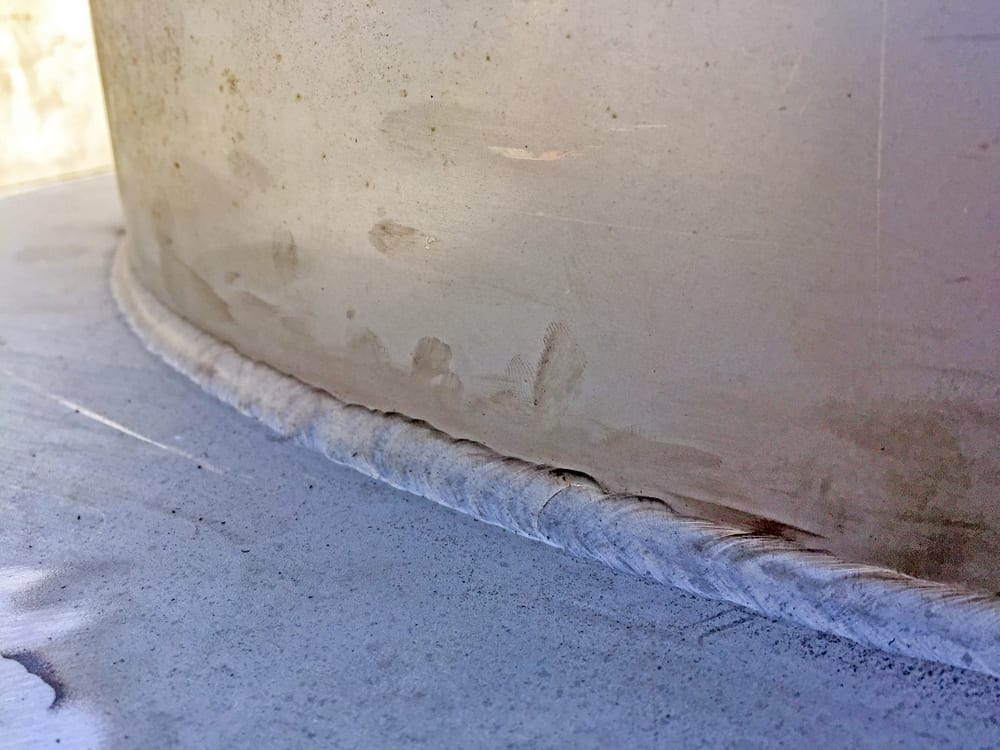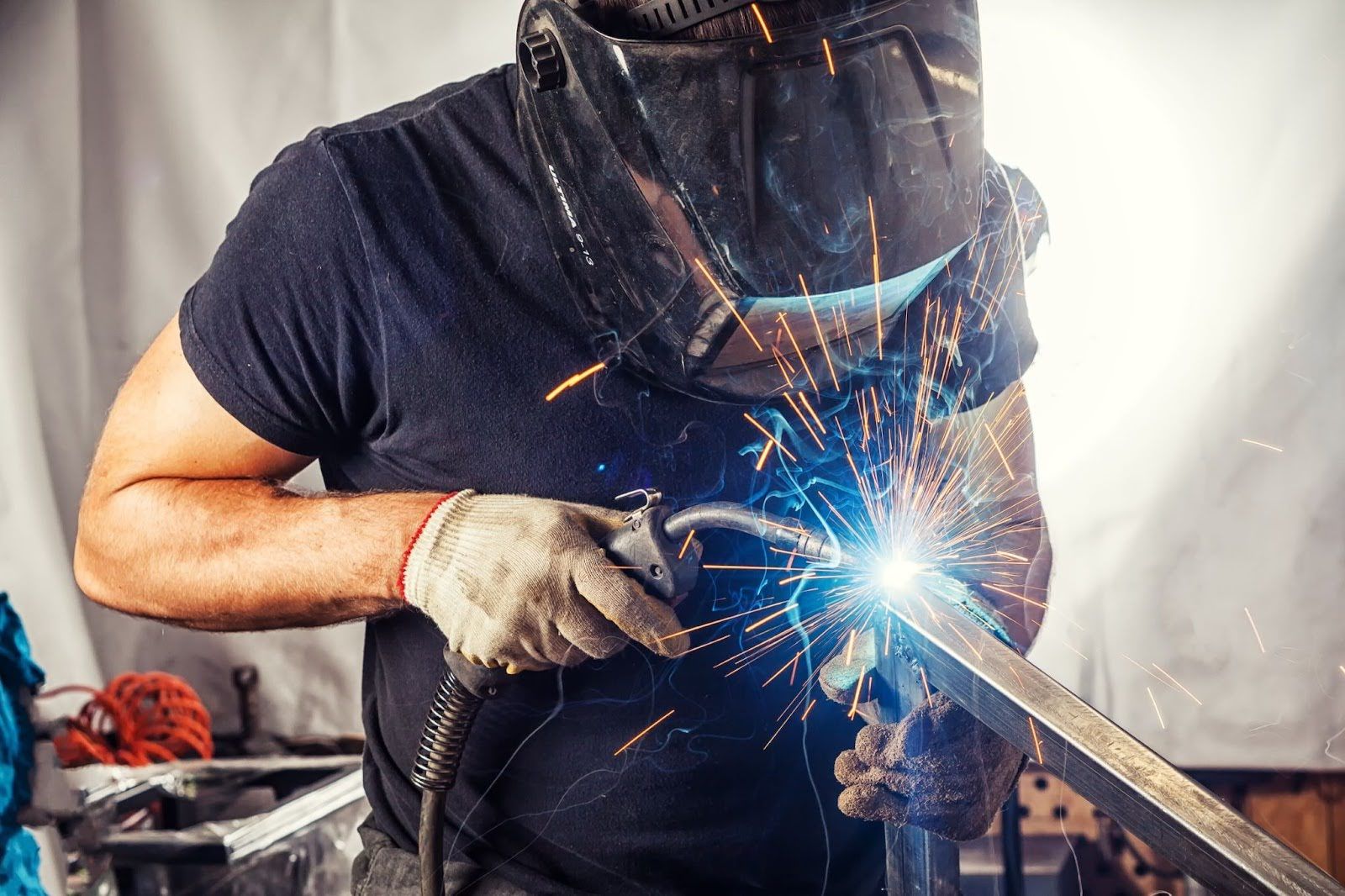Preventing Weld Undercut Made Easy: Key Techniques Unveiled
Wiki Article
Essential Tips for Welders: Stopping Undercut Welding and Ensuring Stronger Weld Joints
In the world of welding, achieving resilient and strong weld joints is the foundation of generating high-quality work. Nevertheless, one typical obstacle that welders usually encounter is undercut welding, which can compromise the stability of the weld joint. By recognizing the variables that add to damaging and applying the right techniques and preventative measures, welders can properly stop this concern and make certain the long life and stamina of their welds. Let's check out some vital suggestions that can help welders navigate this challenge and boost the top quality of their welding jobs.
Comprehending Undercut Welding
Undercut welding is a common welding issue that occurs when the weld steel fails to appropriately fill the groove and leads to a groove-like clinical depression along the weld bead. This flaw weakens the weld joint, making it prone to cracking and failure under stress and anxiety. Undercutting can be triggered by various aspects, consisting of excessive welding present, high welding rate, improper electrode angle, inaccurate electrode dimension, and inadequate welding technique.One of the major factors for undercut welding is a discrepancy in between the welding existing and the welding speed. If the welding current is as well high or the welding rate is too fast, the weld metal might not sufficiently load the groove, leading to undercutting. Furthermore, making use of an electrode that is also large can result in a similar result, as the excess steel can not effectively flow into the groove.
To avoid undercut welding, welders must guarantee they are making use of the proper welding parameters, maintain a suitable electrode angle, choose the suitable electrode size, and method appropriate welding methods. By resolving these variables, welders can minimize the risk of undercutting and create stronger, more trusted weld joints.
Proper Welding Strategy
Reliable welding strategy plays a crucial duty in making certain the top quality and honesty of weld joints. Correct welding method includes a combination of accuracy, adherence, and ability to finest methods. One fundamental aspect of correct welding method is preserving the correct angle and range in between the welding gun and the workpiece. Welders have to additionally pay very close attention to the travel rate and warm input to avoid issues like damaging, porosity, or incomplete fusion.Additionally, a steady and regular hand motion is important for creating strong and resilient weld joints. Welders must go for smooth, consistent motions to make sure also circulation of the weld product. Correct manipulation of the welding gun and filler material is additionally essential to attaining optimal infiltration and combination.
Additionally, regulating the heat input and choosing the ideal welding specifications based upon the material being welded are critical aspects in attaining premium welds - Preventing weld undercut. Welders need to follow the suggested setups offered by welding procedure requirements and adjust them as needed based on the details requirements of the project. By grasping correct welding strategies, welders can considerably improve the toughness and integrity of their weld joints
Choosing the Right Electrode
Preserving the right angle and range in between the welding weapon and the workpiece is essential when considering the significance of selecting the appropriate electrode in welding applications. The option of electrode plays a crucial role in determining the quality and strength of the weld joint. Electrodes come in various types, each designed for specific purposes and products.To start with, picking the ideal electrode size is necessary. Thinner electrodes are ideal for welding slim materials, while thicker electrodes are better for thicker materials and higher warmth applications. Matching the electrode size to the density of the workpiece helps achieve a well balanced weld.
Second of all, recognizing the product structure of the electrode is important. Different electrodes are developed for welding specific products like steel, stainless-steel, light weight aluminum, or cast iron. Utilizing the appropriate electrode material ensures excellent combination and lessens the risk of defects in the weld.
Last but not least, taking into consideration the welding setting and method is essential when choosing the electrode type. Certain electrodes are better matched for overhanging or vertical welding placements, while others function well for level or straight settings. Picking the ideal electrode based on the welding strategy improves the total weld top quality and integrity.
Preparing the Base Steel
To make certain a successful welding process, what first actions should be taken when preparing the base metal for welding? Furthermore, any kind of existing weld product or residue from previous welding ought to be gotten rid of to ensure a clean surface for the brand-new weld.
Carrying Out Post-Weld Inspections

After carrying out these evaluations, welders should compare the results versus market requirements and project requirements to ensure that the weld joint fulfills all essential requirements. Any type of discrepancies or inadequacies found during the post-weld examination must be quickly addressed via ideal restorative measures check to assure the weld's stability. By diligently executing post-weld assessments and quickly addressing any kind of issues, welders can promote the high quality and reliability of their job, eventually adding to the security and longevity of the bonded structures.
Final Thought

To conclude, avoiding undercut welding and making certain stronger weld joints call for a combination of appropriate welding technique, selecting the right electrode, preparing the base metal appropriately, and carrying out post-weld examinations. By comprehending the root causes of undercut welding and executing the essential precautions, welders can generate top quality weld joints that satisfy industry requirements and make certain the structural stability of the bonded components.
Undercut welding is a common welding flaw that takes place when the weld metal stops working to effectively fill the groove and results browse around these guys in a groove-like anxiety along the weld grain (Preventing weld undercut). Damaging can be caused by different aspects, consisting of extreme welding present, high welding speed, improper electrode angle, incorrect electrode size, and bad welding strategy
One of the major reasons for undercut welding is a discrepancy in over here between the welding present and the welding rate. If the welding current is also high or the welding rate is too fast, the weld metal may not appropriately fill the groove, leading to undercutting.Maintaining the appropriate angle and distance between the welding gun and the workpiece is essential when thinking about the value of picking the appropriate electrode in welding applications.
Report this wiki page